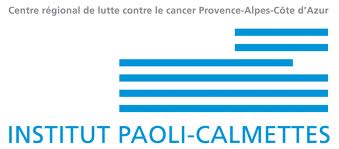Postgraduate oncology educational shifts during the COVID-19 pandemic: results of faculty and medical student surveys
Résumé
Background: The coronavirus disease 2019 (COVID-19) pandemic has disrupted clinical practice, research and teaching. During peaks, virtual courses were implemented but these changes are poorly described, especially for oncology postgraduate students and faculty teachers. Patients and methods: We administered two surveys from June 2021 to October 2021 to students and faculty teachers (250 and 80 responses, respectively) who registered at Gustave Roussy School of Cancer Sciences (Universite Paris-Saclay) during 3 consecutive university years (October 2018 to October 2021), where a major shift to e-learning was associated with COVID-19 pandemic. Results: Most students were female (53%), attending physicians (50%), aged 30-39 years (54%) and 2020-2021 (66.4%) was the main year of training. Most faculty teachers were male (58%), aged 40-50 years (44%) and had participated in training for at least 3 years (83%). More than half of the students received 100% virtual training [55% versus 45% face-to-face/mixed teaching modalities; online (84%) versus remote teaching (16%)]. Only 34% of students declared >80% `active listening' and only 16% of teachers considered e-learning to be more suitable (compared with face-to-face) for postgraduate education. Virtual teaching decreased student-teacher interactions as compared with mixed/face-to-face (lessons were sufficiently interactive for 54% students if virtual only teaching versus for 71% if other teaching modalities; P = 0.009). Teachers stated that virtual learning did not lead to any improvements in terms of attendance (68%), interaction (74%) and quality of teaching (68%). However, most faculty (76%) acknowledged that partial e-learning training should be maintained outside the pandemic, if it represents <= 50% of the whole teaching (teachers: 79% versus student: 66%; P = 0.04). Conclusions: COVID-19 accelerated the transition toward novel practices. Students and faculty teachers agreed on the need for future mixed (<= 50% e-learning) teaching modalities. Adequate formation and the use of codified best newer virtual practices are required.
Domaines
Sciences du Vivant [q-bio]| Origine | Fichiers produits par l'(les) auteur(s) |
|---|




